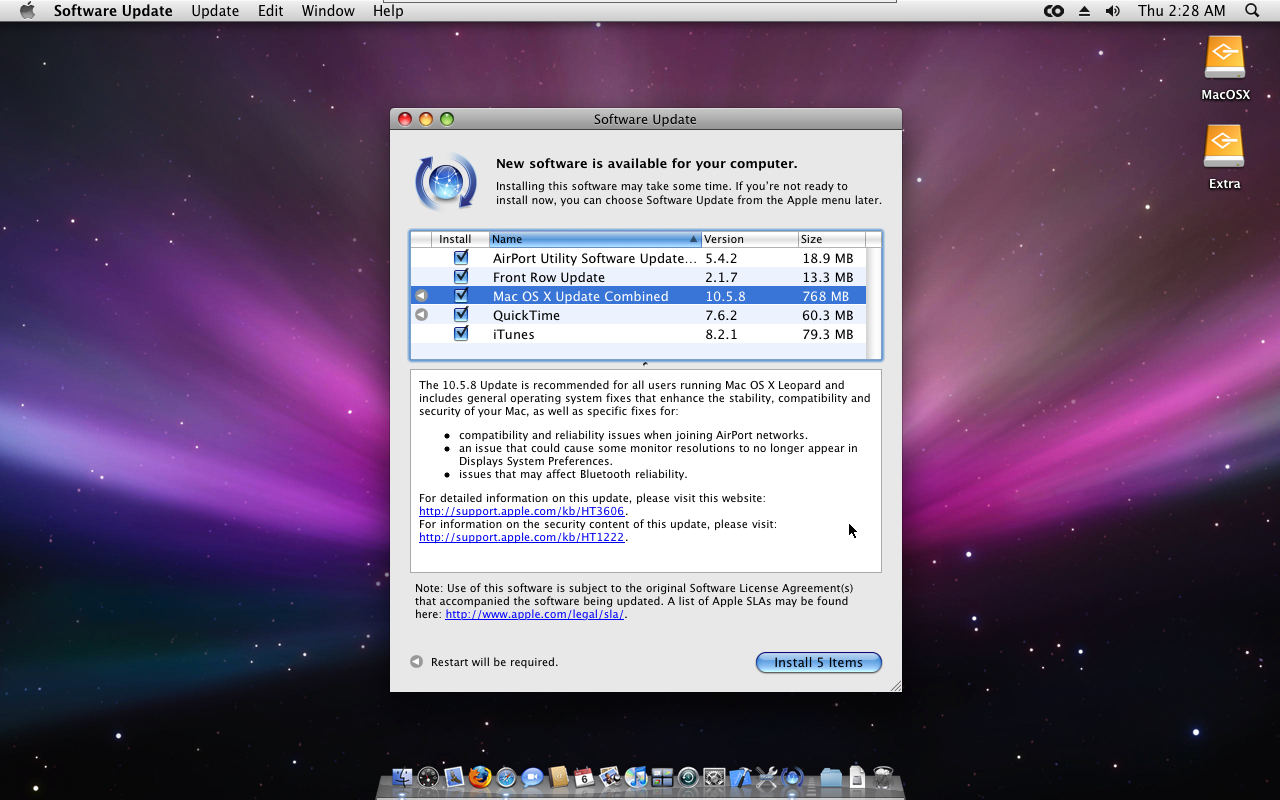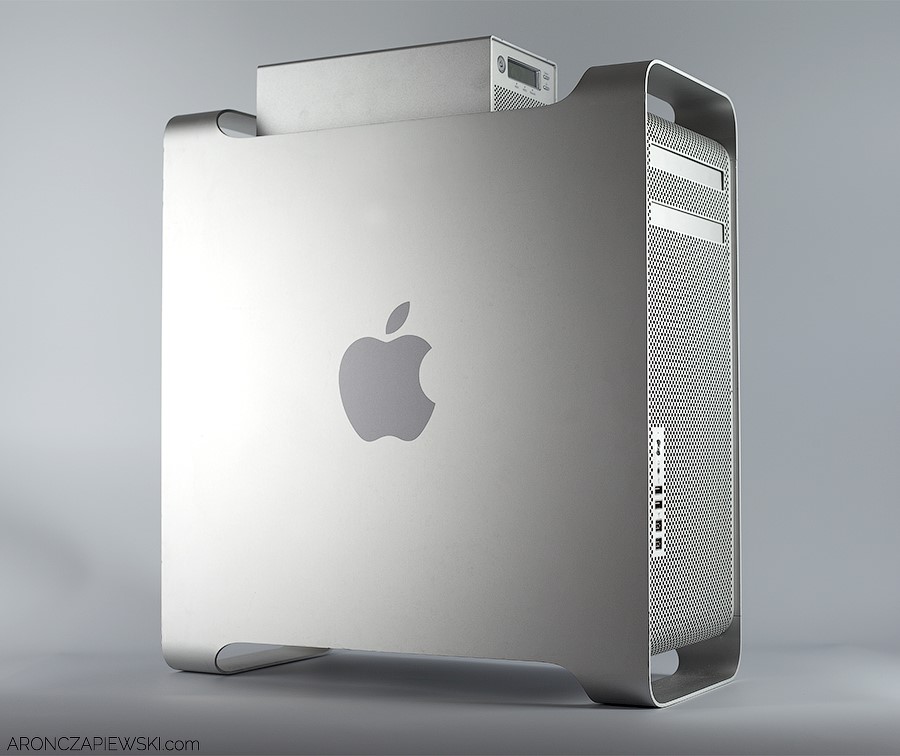.Mac users can access and use Personal Vault by visiting onedrive.com on a browser. Learn more about Microsoft 365 Microsoft 365 is a cloud-based subscription service that brings together premium versions of Word, Excel, PowerPoint, Outlook and OneDrive, with the best tools for the way people work today. Take your Mac to the stage with a full-screen interface optimized for live performance, flexible hardware control, and a massive collection of plug-ins and sounds that are fully compatible with Logic Pro X. Learn more about MainStage 3. Capable of running natively on the MPC Live in standalone mode, MPC 2.0 can also be run from a Mac or PC in controller-mode. A number of major workflow enhancements have been added to 2.0, including: audio track recording, an improved time warp algorithm, refined Q-Link control, audio and MIDI drag and drop – all appearing on a new graphical. Live for Mac stands out as an excellent audio production and recording software that packs all the essential features you'd expect from an application of its kind and comes with a multitude of.
There are multiple utilities to create a Linux Live USB in Windows. However, most of them are not available in Mac OS X. Let's see how to create a Linux Live USB in Mac OS X without using any third-party apps, just with the terminal and the dd command.
Unblock any international website, browse anonymously, and download movies and Mp3 with complete safety with CyberGhost, just for $2.75 per month:
Table of Contents
Download the Linux Distribution ISO
The guide will work for most Linux distributions.
For the example, we will use an Ubuntu 14.04.03 ISO, which is the latest LTS (Long Term Support) version of Ubuntu, and will be supported until 2019.
Open the terminal
After the ISO has downloaded, we need to open the Mac OS Terminal. The fastest way to do so is pressing Command + Space to open the Spotlight Search and type 'terminal'.
Many recent browser versions include their own, native PDF plug-ins that automatically replace the Acrobat and Reader plug-in from Adobe. Adobe acrobat reader windows 10. Installing Firefox 19 or later, for instance, can result in your Adobe plug-in being disabled and replaced. If you experience the following problems, you may need to revert to the Adobe plug-in:. Browser plug-ins typically do not support all PDF capabilities or offer comparable features. Parts of a PDF don't display.
Inside the terminal, we need to navigate to the folder we downloaded the ISO. The default directory is our Downloads folder, and we can navigate there with:
For more information about how to navigate the terminal, check out our guide:
Basic Linux Commands for Linux Terminal Beginners

Since both Linux and Mac OS X are based on Unix, navigating the terminal is similar for both.
Convert the ISO to IMG
To create a Linux Live USB in Mac OS X, we first need to convert the ISO file to an IMG. We will do so with the hdiutil application, substituting for the full ISO file name.

On a modern Mac with an SSD, this process will take less than a second. In the example, it took 925ms.
Prepare the USB flash drive
Live Type Serial Mac
For most Linux distributions, a 4GB USB thumb drive will be enough. We connect the thumb drive to our Mac and run the diskutil command to see the device node assigned to our flash drive.
In the example, it is /dev/disk2.
Next thing, we need to unmount the drive. We make sure it doesn't contain any useful files, because they will be deleted, and then run:
Create the Linux Live USB in Mac OS X
Finally, we are ready to set the procedure in motion. We type:
We might have converted the ISO to IMG, but Mac OS X added a .DMG extension, so we have to include this too.
Livetype For Mac
Also, using /dev/rdisk instead of /dev/disk may be faster, but both will work.
After the sudo command, we need to enter our user account password. Nothing will show on the terminal as we are typing; we just enter the password and press Enter.
If we use a fast USB 3.0 drive on a USB 3.0 capable Mac, the procedure will be lightning fast. The 1006MB ISO was transferred to the USB in less than 5,2 seconds, averaging 194MB/sec.
Key enhancements include: - network volumes are now available in the Finder sidebar and Desktop for convenient access; - improved file sharing and directory services for Mac (AFP), UNIX (NFS) and PC (SMB/CIFS) networks; - improved PostScript and USB printing; - updated Disk Utility, DVD Player, Image Capture, Mail and Safari applications; - additional support for FireWire and USB devices; - improved compatibility for third party applications; - previous standalone security updates and Bluetooth Update 1.5. This update delivers enhanced functionality and improved reliability for Mac OS X v10.3 'Panther' and is recommended for all users. This update delivers enhanced functionality and improved reliability for Mac OS X v10.3 'Panther' and is recommended for all users.

Finally, we eject the USB thumb drive with:

Since both Linux and Mac OS X are based on Unix, navigating the terminal is similar for both.
Convert the ISO to IMG
To create a Linux Live USB in Mac OS X, we first need to convert the ISO file to an IMG. We will do so with the hdiutil application, substituting for the full ISO file name.
On a modern Mac with an SSD, this process will take less than a second. In the example, it took 925ms.
Prepare the USB flash drive
Live Type Serial Mac
For most Linux distributions, a 4GB USB thumb drive will be enough. We connect the thumb drive to our Mac and run the diskutil command to see the device node assigned to our flash drive.
In the example, it is /dev/disk2.
Next thing, we need to unmount the drive. We make sure it doesn't contain any useful files, because they will be deleted, and then run:
Create the Linux Live USB in Mac OS X
Finally, we are ready to set the procedure in motion. We type:
We might have converted the ISO to IMG, but Mac OS X added a .DMG extension, so we have to include this too.
Livetype For Mac
Also, using /dev/rdisk instead of /dev/disk may be faster, but both will work.
After the sudo command, we need to enter our user account password. Nothing will show on the terminal as we are typing; we just enter the password and press Enter.
If we use a fast USB 3.0 drive on a USB 3.0 capable Mac, the procedure will be lightning fast. The 1006MB ISO was transferred to the USB in less than 5,2 seconds, averaging 194MB/sec.
Key enhancements include: - network volumes are now available in the Finder sidebar and Desktop for convenient access; - improved file sharing and directory services for Mac (AFP), UNIX (NFS) and PC (SMB/CIFS) networks; - improved PostScript and USB printing; - updated Disk Utility, DVD Player, Image Capture, Mail and Safari applications; - additional support for FireWire and USB devices; - improved compatibility for third party applications; - previous standalone security updates and Bluetooth Update 1.5. This update delivers enhanced functionality and improved reliability for Mac OS X v10.3 'Panther' and is recommended for all users. This update delivers enhanced functionality and improved reliability for Mac OS X v10.3 'Panther' and is recommended for all users. Key enhancements include: - network volumes are now available in the Finder sidebar and Desktop for convenient access; - improved file sharing and directory services for Mac (AFP), UNIX (NFS) and PC (SMB/CIFS) networks; - improved PostScript and USB printing; - updated Disk Utility, DVD Player, Image Capture, Mail and Safari applications; - additional support for FireWire and USB devices; - improved compatibility for third party applications; - previous standalone security updates and Bluetooth Update 1.5.
Finally, we eject the USB thumb drive with:
That was it. We now have a Linux Live USB, to install Linux on a Windows PC, or on our Mac.
Did you have any trouble creating a Linux Live USB in Mac OS X?
If anything on the guide didn't work as described, and you weren't able to create a Linux Live USB in Mac OS X, leave us a comment.
Support PCsteps
Do you want to support PCsteps, so we can post high quality articles throughout the week?
You can like our Facebook page, share this post with your friends, and select our affiliate links for your purchases on Amazon.com or Newegg.
If you prefer your purchases from China, we are affiliated with the largest international e-shops:
